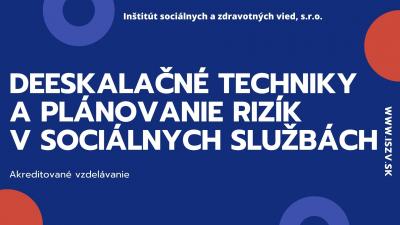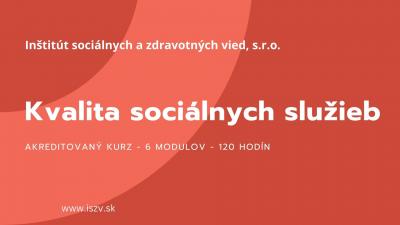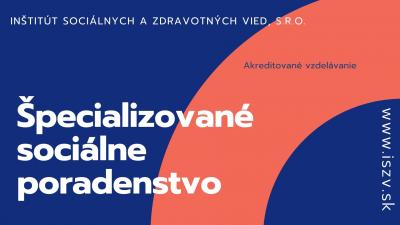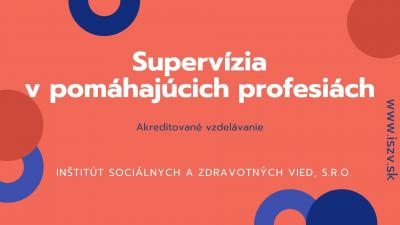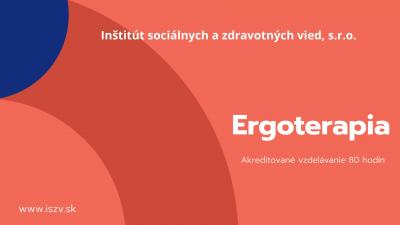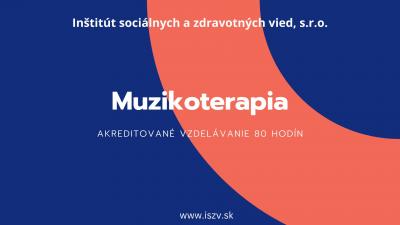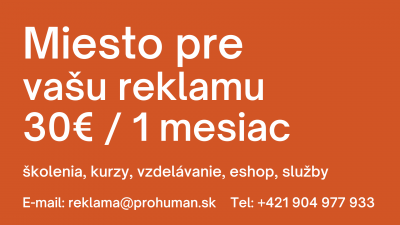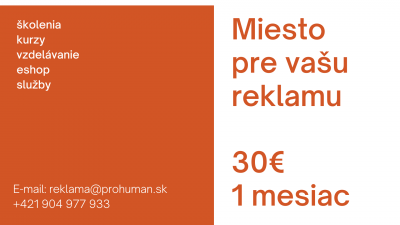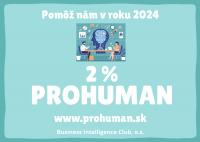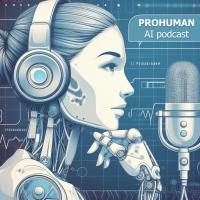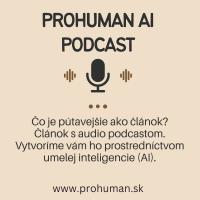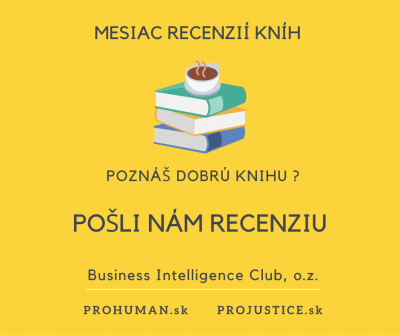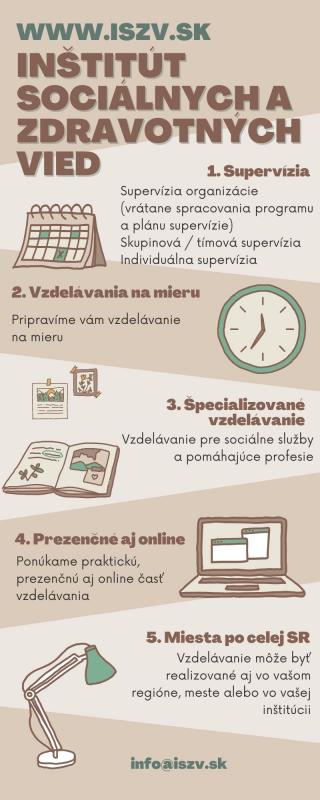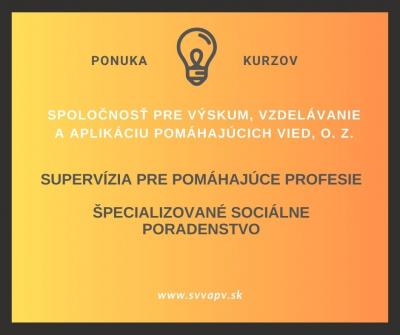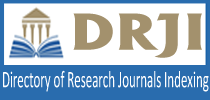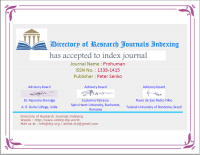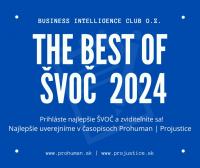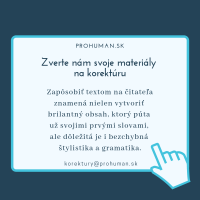Inovatívne metódy práce vo vzdelávaní predškolského dieťaťa a rozvoj dieťaťa
Abstract: Kindergarten teachers care about the comprehensive and proper development of the children. Teachers use the adequate and innovative methods of working with children. We can include such methods as: The Good Start Method (MGS), The Movement Expression Method of Carl Orff's, Developmental Movement Method by Veronica Sherborne, Method of „active listening to music” by Batti Strauss, Finger-Painting Method. All teaching methods, which nursery teachers use involve fun and playful learning, giving optimal educational effects.
Keywords: innovative methods, work, child, teacher, preschool.
Abstrakt: Učitelia v materskej škole by sa mali starať o komplexný a správny vývoj detí. Mali by optimálne používať inovatívne spôsoby práce. Tieto metódy môžu zahŕňať: Dobrý štart metóda Marta Bogdanowicz, metóda pohybového vyjadrenia Carla Orff, metóda Veronica Sherborne, metóda aktívneho počúvania Strauss Batti, metóda maľovania desiatimi prstami. Všetky pracovné metódy, ktoré používajú učiteľa predškolskej výchovy sú zábavným a hravým učením, čo má optimálne vzdelávacie účinky.
Kľúčové slová: inovatívne metódy práce, dieťa, učiteľ, materská škola.
'Help me to do it myself ...'
M. Montessori
Kindergarten teachers care about the comprehensive and proper development of the children. They are the organizers and instigators of the educational children's activity. However, in order to make them to successfully achieve the best education results, teachers use the adequate and innovative methods of working with children. We can include such methods as:
1.The Good Start Method (MGS) developed by Marta Bogdanowicz. It is a Polish version based on the Le Bon Depart Method (The Good Departure). It assumes the development of language and perceptive functions (visual, auditory, tactile, kinesthetic and motor).
There are three main forms of the Good Start Method:
- songs and pictures (simple patterns and songs)
- songs and characters (complex patterns, letterlike shapes and songs )
- songs and letters.
The Good Start Method is helpful form of preparation the children to take up learning of reading and multisensory writing. This method requires to conduct classes according to the proper structure:
I. Entering activities
II. Main activities:
- motor exercises,
- motor-auditory exercises,
- motor-auditory-visual exercises.
III. Closing activities (relaxation classes such as massage and speech therapy exercises). (1)
2. The Movement Expression Method of Carl Orff's based on close relationship between physical culture, music and rhythmic culture and the word culture. C. Orff drew particular attention to the child's expression and the emotional commitment and creativity. He believed that gymnastics should be developed along with the rhythmic and music culture and the word culture. He also introduced a simple percussion instruments and for older children wind and stringed instruments. These are melodic instruments like bells, xylophones, metallophones and non-melodic instruments such as tambourine, drums, maracas, bongos, rattles, cymbals etc. The purpose of this method is to enable children to create their own musical ideas themselves. It helps to cultivate children's auditory perception, arouse aesthetic sensitivity, develop emotional and intellectual sphere, implement to a logical and efficient thinking, improve comparison and associational skills, as well as to do analysis and synthesis. The idea of this method is to overcome shyness, apathy, passivity, excessive excitability and nervousness. (2)
3. Developmental Movement Method by Veronica Sherborne, which aims at supporting children's normal development and correction of its disorders. It is a system of physical exercises involving touch, movement and mutual physical, emotional and social relations in order to expand self-consciousness, to get to know one's own body and make new contacts with others. The basic assumption of this method is development through movement, mainly:
- consciousness of one’s own body and to improve motor skills,
- consciousness of space and acting in it,
- sharing space with other people and making close ralationship with them.
The purpose of Developmental Movement Exercises is child's acquisition of the inner peace and self-esteem, feeling of relaxation, as well as development of mutual contacts. In the programme, W. Sherborne singled out the child activity groups that support its development. These are:
- exercises that help to know one's own body,
- exercises that contribute to gaining self confidence and feeling of safety in the surrounding environment.
- exercises that simplify a child's process of establishing personal relationships and cooperation with one person and with the group.
It is a method of non-verbal communication, which is valuable and useful when working with children who are aggressive, hyperactive, apprehensive or have body schema distortion or developmental disorders. (3)
4. Method of „active listening to music” by Batti Strauss – this is very playful method, in which the knowledge and skills are aquired gradually, step by step. By means of this method, the children are familiar with classical music and there are also used the elements of movement, dance, singing and playing musical instruments. B. Strauss' model of active listening to music consists of the following stages:
- the children listen to a piece of music, and then express their opinions about it,
- story, that is a fairy tale, or a short story referring to the music,
- the children represent the content of a fairy tale or story by movements, gestures, dance,
- establishment of an orchestra with the conductor, who by way of visible gestures, shows the rhythm, by which to play to particular instruments, thereby creating a musical accompaniment to the song,
- the children play percussion instruments (each gesture corresponds to a particular instrument).
With this method, the children are drawn to classical music. They enjoy this kind of music and listen eagerly to it. (4)
5. Finger-Painting Method - the creator of this method was pedagogue, Ruth F. Show, who observed therapeutic advantages of this method. It is based on the painting with hands and fingers using the six basic colors: red, yellow, green, blue, brown and black. Paint bowls should be tailored to the size of the children's hands, so that they are able to take the paint freely and paint on a white or gray piece of paper measuring 55x40 cm. The children have the freedom to paint any subject from 2 to 40 minutes, and then they tell the content of their work. (5)
Teachers use a variety of innovative methods when working with children, however, an important role in the education of preschool children play educational games.
Fun is one of the ways leading to the achievement of the teacher's objectives. This is very convenient way, because the child overcomes it effortlessly and naturally, without noticing how much it has learned. (6)
In M. Podhajecka's view, the children have the right to play games, because they positively affect their all-round development. They activate and stimulate children's creativity. (7)
According to E. Gruszczyk-Kolczyńska, it is needed to support the development of all children, not just those with difficulties, because a lot of children are born with some talents, which require to be skilfully developed. The sooner, the better. Nonetheless, it is worth to remember that it is the child's own development process and it has to climb on the next stages independently, and the only task of the adult is sensible helping the child. (8)
All teaching methods, which nursery teachers use involve fun and playful learning, giving optimal educational effects. Thanks to appropriately selected methods of the work, teachers are on constant alert above the normal development of the children, stimulating and supporting their work.
Authoress: MA Agata Fijałkowska
Department of teaching
Department of preschool education
University of Natural Sciences and Humanities in Siedlce, Poland
Literature:
Gruszczyk-Kolczyńska, E., Zielińska, E.: Wspomaganie rozwoju umysłowego trzylatków i dzieci starszych wolniej rozwijających się, Warszawa: WSiP, 2000. ISBN 83-02-07719-4.
Klim-Klimaszewska, A.: Pedagogika przedszkolna. Nowa podstawa programowa, Warszawa: ERICA, 2010. ISBN 978-83-89700-23-0.
Podhájecká, M., Hra Dieťaťa: Edukačná Platforma Pre Vyspelú Osobnosť. Podhájecká, M., Miňová, M., (Eds) Hra V Predprimárnej Edukácii, Prešov: Prešovská Univerzita Pedagogická Fakulta, 2011. ISBN 978-80-555-0467-4.
Watoła, A.: Komputerowe wspomaganie procesu kształtowania gotowości szkolnej dzieci sześcioletnich, Kielce: Adam Marszałek, 2006. ISBN 978-83-7441-291-9.
WIĄCEK, R.: Dzieci nadpobudliwe psychoruchowo w wieku przedszkolnym. Program terapii i wspomagania rozwoju oraz scenariusze zajęć, Kraków: Impuls, 2004. ISBN 83-7308-310-3.
1) Klim-Klimaszewska, A.: Pedagogika przedszkolna. Nowa podstawa programowa, 2010, s. 239-241.
2) Klim-Klimaszewska, A.: Pedagogika przedszkolna. Nowa podstawa programowa, 2010, s. 191-192.
3) Klim-Klimaszewska, A.: Pedagogika przedszkolna. Nowa podstawa programowa, 2010, s. 193-195 .
4) Klim-Klimaszewska, A.: Pedagogika przedszkolna. Nowa podstawa programowa, 2010, s. 206.
5) WIĄCEK, R.: Dzieci nadpobudliwe psychoruchowo w wieku przedszkolnym. Program terapii i wspomagania rozwoju oraz scenariusze zajęć, 2004, s. 13.
6) Watoła, A.: Komputerowe wspomaganie procesu kształtowania gotowości szkolnej dzieci sześcioletnich, 2006, s. 31.
7) Podhájecká, M., Hra Dieťaťa: Edukačná Platforma Pre Vyspelú Osobnosť. Podhájecká, M., Miňová, M., (Eds) Hra V Predprimárnej Edukácii, 2011, s. 16.
8) Gruszczyk-Kolczyńska, E., Zielińska, E.: Wspomaganie rozwoju umysłowego trzylatków i dzieci starszych wolniej rozwijających się, 2000, s. 7-11.
